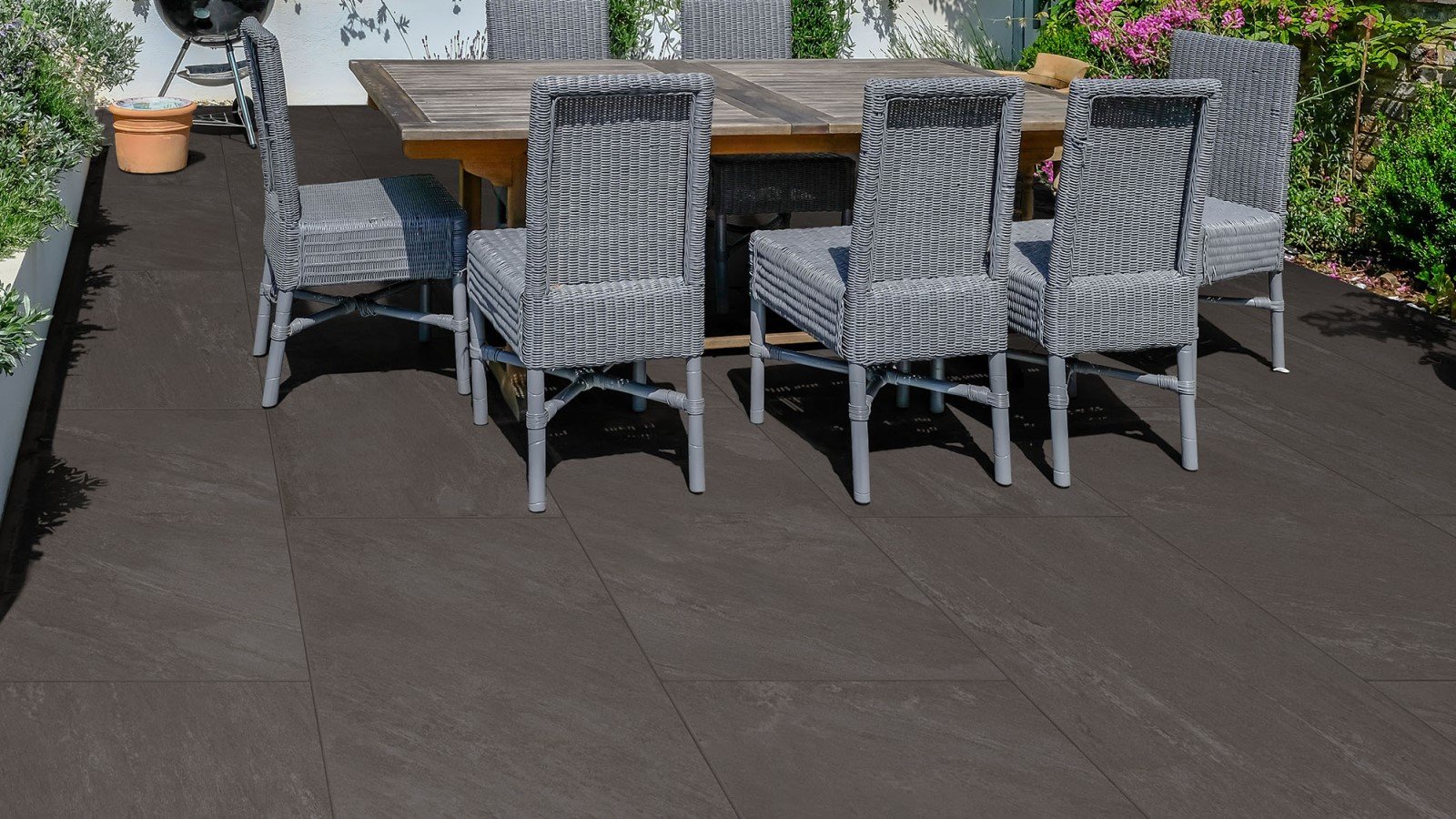Self-isolation might have left our social lives lacking, but it’s a great opportunity to give your garden a little extra TLC.
But where to start? From planting foxgloves to constructing firepits, there are a plethora of garden tasks to busy yourself with during these uncertain times.
For inspiration on what to do in your garden, take a look at our top four tips for maximising your outdoor space, below.
Create your own veggie patch
If you’re struggling to find your favourite vegetables in the supermarket at the moment, don’t worry. In fact, with the right tools and a little bit of know-how, you can bypass the fruit and veg aisle entirely by creating your own backyard vegetable patch.
Anyone can give it a go – all you need is a spade, a patch of land, and some seeds. However, to give your veggies the best chance at growing, we recommend following these five top tips, below:
- Remove all weeds before sowing your seeds. This will make your patch easier to manage later down the line.
- Choose your spot wisely. Vegetables grow best in level areas where there is both ample sunlight and shielding from wind. We recommend adding some edging around your soil, if you aren’t using pots or a wooden bed.
- Read each seed packet for instructions. Some seeds ask for a scattering of seeds over the soil, while others require digging; so be sure to double-check before sowing.
- Know when to sow. Carrots, spring onions and spinach, for instance, should be sown between March and July, while others, like lettuce and runner beans, have a much shorter sowing window. For more information, visit the RHS website.
- Be patient. Many vegetables will need several months in the vegetable patch until they are ready to pick and eat. Just keep an eye on them in the months in-between and try to avoid early harvesting, as this will undo all your months of hard work.
Make an alfresco area
Al fresco areas and good weather go together like Ben and Jerry. And now, with more time at home and less time in the office, there has never been more of a reason to embrace your outdoor space, transforming it from ‘alright’ to oh-so cosmopolitan.
But where should you begin when creating your al fresco area? Well, that depends on the kind of garden you have.
If you’re starting from absolute scratch - let’s say you’re replacing a grass-filled garden with patio slabs – you’ll need to consider five key steps. We’ve outlined them below, for ease.
- Step 1: Select your patio design
- Step 2: Draw up your design
- Step 3: Calculate the cost
- Step 4: Choose your patio slabs
- Step 5: Lay your patio slabs
Alternatively, if you already have a patio but it’s looking grubby, a good scrub and a little maintenance will make that old al fresco area look good as new. A simple patio deep clean might do the trick, but if you notice any loose or broken patio slabs, quarantine is a good time to learn how to repair them - and get them replaced before they become a problem.
Spruce up your flowerbeds
After enduring months of bad weather, your flowerbeds are bound to look a little beaten come spring. But don’t fret – it’s easy to restore your garden to its former glory (and give you the perfect pretty sanctuary during these long lockdown days).
Firstly, prune accordingly. This involves getting your gardening scissors out and chopping off the heads of dead flowers, cutting back shrubby stems and tidying up tattered foliage. Then de-weed your flowerbeds to give them a nice, neat soil; a blank canvas for your new buds.
Once you’ve snipped away the ill-fated blooms, you could be left with a few unsightly gaps in the flowerbed. This gives you the perfect excuse to add some vibrant young foliage to your display. Consider bright springtime flowers, like daffodils, tulips and hyacinths, to get your flowerbed off to a kaleidoscopic start.
For more on which flowers to plant and when, visit the RHS website.
Install a firepit
Nothing says ‘I made the most of my garden during lockdown’ than a DIY outdoor firepit. Along with being an eye-catching centrepiece, they’re also ideal for warm summer evenings – and they don’t need to cost a fortune.
In fact, one of our favourite budget firepit designs uses walling and coping stones, and not a lot else. To construct this firepit yourself, just dig a few inches into the ground, lay your walling stones around a circular template, and fill with aggregate, along with logs and burning materials.
Just remember to lay your stones at least 10 feet away from any outdoor seating or plants. We also recommend building your firepit either on grass or, for that country cottage feel, basing it around rustic circular paving stones.
If you have any questions about making the most of your garden during lockdown, please do not hesitate to call one of our experts on 0800 032 6306 or start a live chat with us.










































